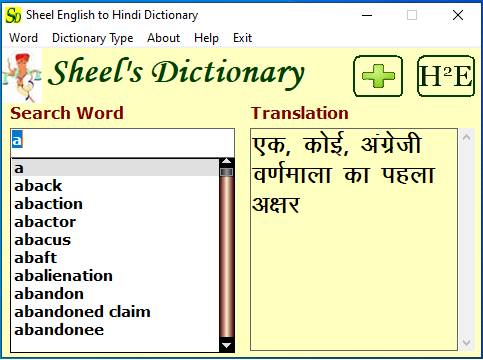


On the other hand, when using transliteration, each character of the source language is assigned to a different unique character of the target language, allowing for an exact inversion to be achieved. For example, the Text Converter supports Cyrillic transcription rules for English and German. One disadvantage is that transcription is not always easily inverted. The transcription has the advantage of allowing everyone who speaks the target language to correctly read the converted words of the source language. As a result, different rules can be used for the same source language depending on the target language (e.g., German or English). When characters from one language are translated into characters from another, they are pronounced in the target language.

What exactly does this English to Hindi transliteration web tool do?Ī Unicode that defines every character in the majority of the world's spoken languages.This English to Hindi transliteration online tool converts full sentences into Hindi format in seconds, making it simple to communicate with customers in a clear and understandable manner. For example, a person may not recognize the word 'party' written in 'पार्टी ', but they may recognize it when written in English letters, 'party'īecause many smartphones and cell phones do not support certain alphabets, sending a text message in a foreign format may result in a poor user experience.

However, if you want to understand what it means, you'll need translation services. As a result, if you need to read the material in another language but are more concerned with how it is pronounced than with how it is understood, transliteration is required. Translation prioritizes pronunciation over meaning, which is especially useful when addressing foreign people, places, and cultures because it allows for more accurate pronunciation. In many cases, English speakers have difficulty deciphering characters from different alphabets.


 0 kommentar(er)
0 kommentar(er)
